
Living with an underbite can feel like a constant battle, whether it’s the difficulty in chewing, the discomfort when speaking, or the impact on your facial appearance. At South Calgary Oral Surgery, we understand how much a severe underbite or jaw misalignment can affect daily life. That’s why corrective jaw surgery for underbite can be a game-changer, not just for your smile but for your overall health.
In this blog post, we’ll dive deep into how corrective jaw surgery works, who it’s for, and the benefits that come with it. From improving jaw function to enhancing your appearance, this life-changing procedure can help you live more comfortably and confidently. Let’s take a closer look at the process and how South Calgary Oral Surgery provides expert care throughout your journey.
What is Corrective Jaw Surgery for Underbite?
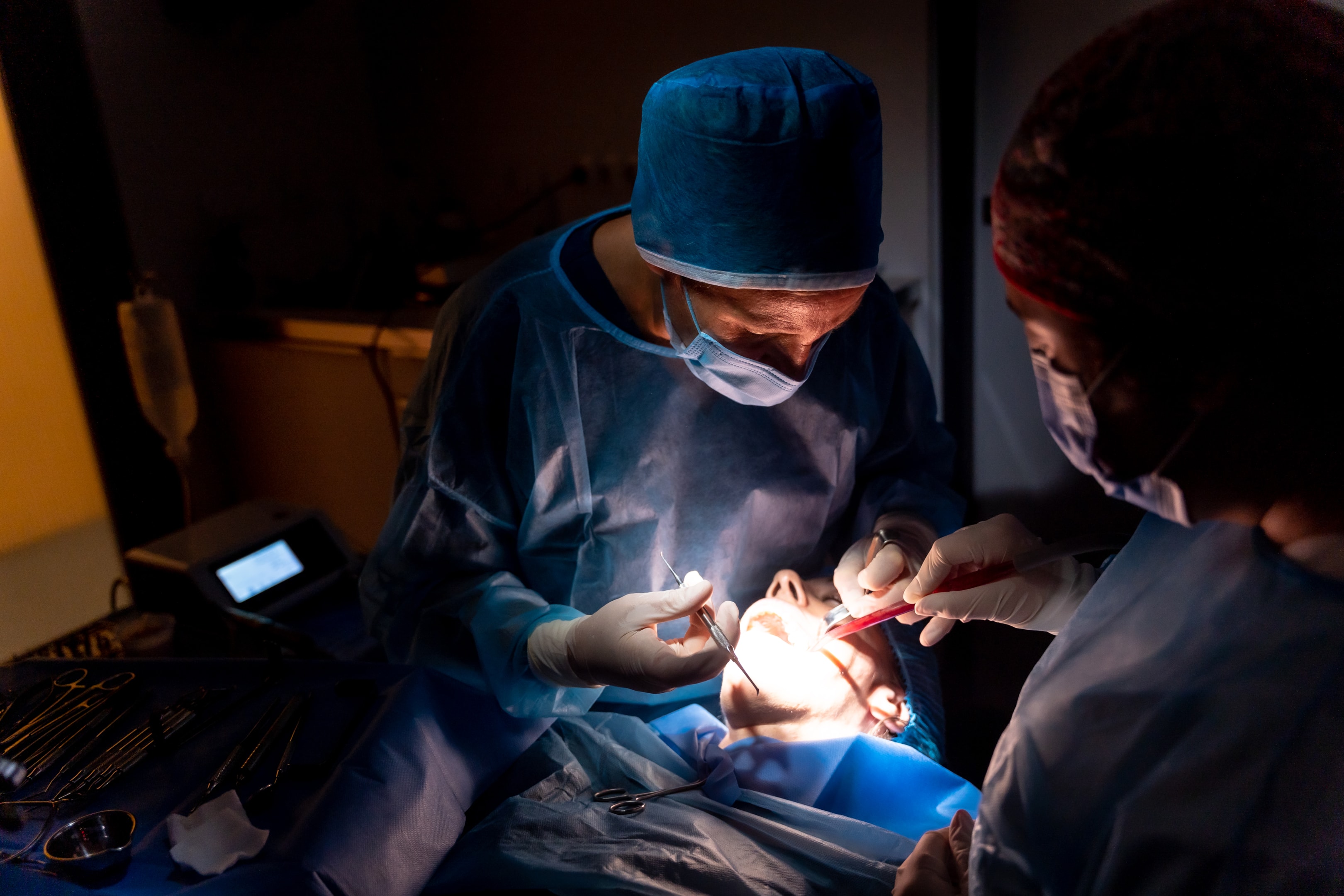
Corrective jaw surgery for underbite, also known as orthognathic surgery, is a surgical procedure designed to correct misalignments in the jaw that lead to an improper bite. In cases of underbite, the lower jaw juts forward, causing the lower teeth to extend in front of the upper teeth. This misalignment affects not only appearance but also function, leading to issues with chewing, speaking, and sometimes even breathing.
This surgical procedure involves repositioning the upper jaw, lower jaw, or both, depending on the specific case. Maxillofacial surgeons use techniques like maxillary osteotomy (upper jaw surgery) or mandibular osteotomy (lower jaw surgery) to bring the jaws into a more natural, balanced position.
Why Is Corrective Jaw Surgery Necessary?

For patients with a severe underbite, the problem goes beyond cosmetic concerns. An improper bite can lead to long-term dental problems, including worn teeth, speech impairments, and even conditions like sleep apnea. Orthodontic treatment alone, such as braces, may help align the teeth, but without adjusting the jaw’s position, the bite issues can persist.
Orthognathic jaw surgery offers a permanent solution by correcting the jaw position, allowing the teeth to meet properly. When your jaw bones are aligned correctly, it improves not only the way your teeth fit together but also your overall facial appearance.
The Consultation and Surgical Planning
The consultation and surgical planning phase is a crucial step in the orthognathic surgery process. During this phase, your oral and maxillofacial surgeon will meet with you to discuss your treatment options and create a personalized treatment plan tailored to your specific needs.
The consultation typically begins with a thorough examination of your teeth, jaw, and facial structure. Your surgeon will review your medical history and take X-rays and 3D scans to gain a comprehensive understanding of your jaw alignment and facial structure. This detailed assessment allows the surgeon to identify the precise issues that need to be addressed during surgery.
Using this information, your surgeon will create a customized treatment plan that outlines the specific procedures to be performed. This plan will include details on the type of anesthesia to be used, the length of the surgery, and the expected recovery time. The goal is to ensure that you are fully informed and prepared for the procedure.
During the consultation, you will have the opportunity to ask questions and discuss any concerns you may have. This is an important part of the process, as it allows you to fully understand what to expect during and after surgery. Some of the key topics that will be discussed include:
Your specific jaw alignment issues and how they will be addressed during surgery.
The type of surgery that will be performed, whether it’s upper jaw surgery, lower jaw surgery, or double jaw surgery.
The expected outcomes of the surgery and how they will impact your appearance and oral function.
The risks and potential complications associated with the surgery.
The recovery process and what you can expect during the first few weeks after surgery.
By the end of the consultation, you should have a clear understanding of your treatment options and what to expect during and after surgery. This phase is essential for ensuring that you are well-prepared and confident in your decision to undergo orthognathic surgery.
How Does the Surgery Work?

Corrective jaw surgery is a highly specialized procedure performed by oral and maxillofacial surgeons. The process begins with careful planning and consultation. Your oral surgeon will conduct a series of x-rays, scans, and virtual surgical planning to create a customized treatment plan. Here’s a breakdown of what to expect:
Initial Consultation: Your surgeon will assess your jaw problems, examine your bite, and determine whether you require jaw surgery.
Orthodontic Treatment: Typically, patients will undergo orthodontic treatment, such as having an orthodontist place braces, to help move the upper and lower teeth into the correct positions before surgery.
Surgical Procedure: On the day of surgery, patients undergo general anesthesia. During the procedure, the oral surgeon will reposition the jaw bones using tiny bone plates and titanium screws to hold everything in place. If both jaws require adjustment, the surgery is called double jaw surgery.
Recovery: After surgery, expect a recovery period of about six weeks. During this time, the bones will undergo initial jaw healing, and patients are often advised to follow a liquid diet while their jaws adjust to their new position.
Lower Jaw Surgery (Mandibular Osteotomy)
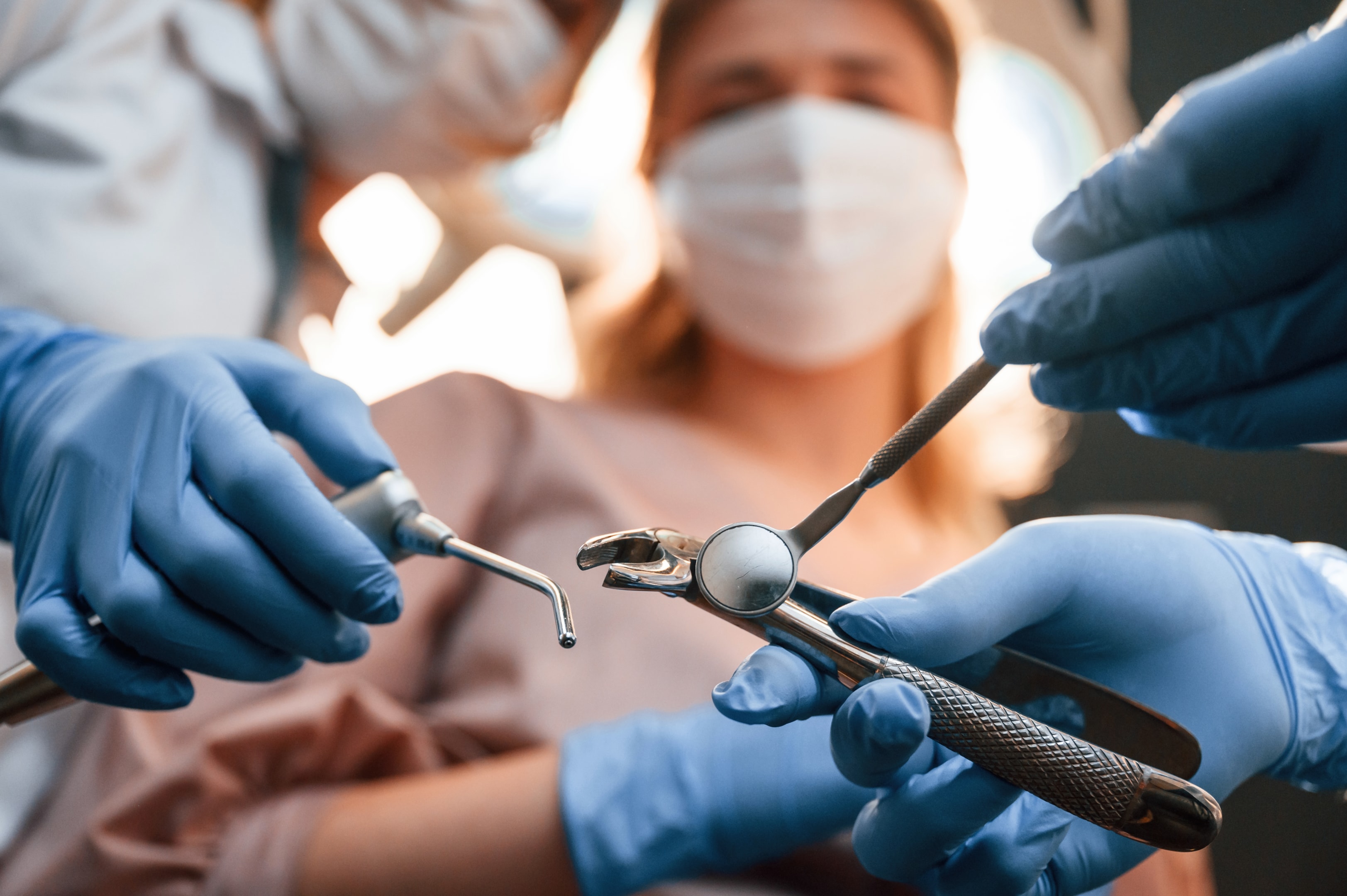
If the lower jaw is too far forward (as in cases of underbite), it may require mandibular osteotomy to move it back into alignment. During this procedure, your oral surgeon will adjust the lower jaw forward or backward as needed to ensure a better bite and a more balanced facial appearance.
Lower jaw surgery can address significant bite problems, enhance jaw function, and improve the aesthetics of the lower lip and chin.
Tip: Follow your surgeon’s advice carefully, as the lower jaw will need time to adjust to its new position, and post-surgical care will be key to optimal healing.
The Role of Virtual Surgical Planning

Before your corrective jaw surgery for underbite, virtual surgical planning plays a vital role in mapping out the best approach for your procedure. This technology, which includes the use of 3D scans, allows oral and maxillofacial surgeons to simulate the surgery beforehand, ensuring precision and accuracy when it comes to repositioning the jaw bones and aligning your upper and lower jaws.
With virtual surgical planning, your surgeon can predict your new bite and even visualize how the surgery will change your facial appearance. This step provides a comprehensive treatment plan that minimizes risks and improves results.
Tip: Always ask your surgeon about virtual surgical planning during your consultation. It’s a crucial part of modern orthognathic surgery that can make a big difference in the outcome.
Recovery: What to Expect After Surgery
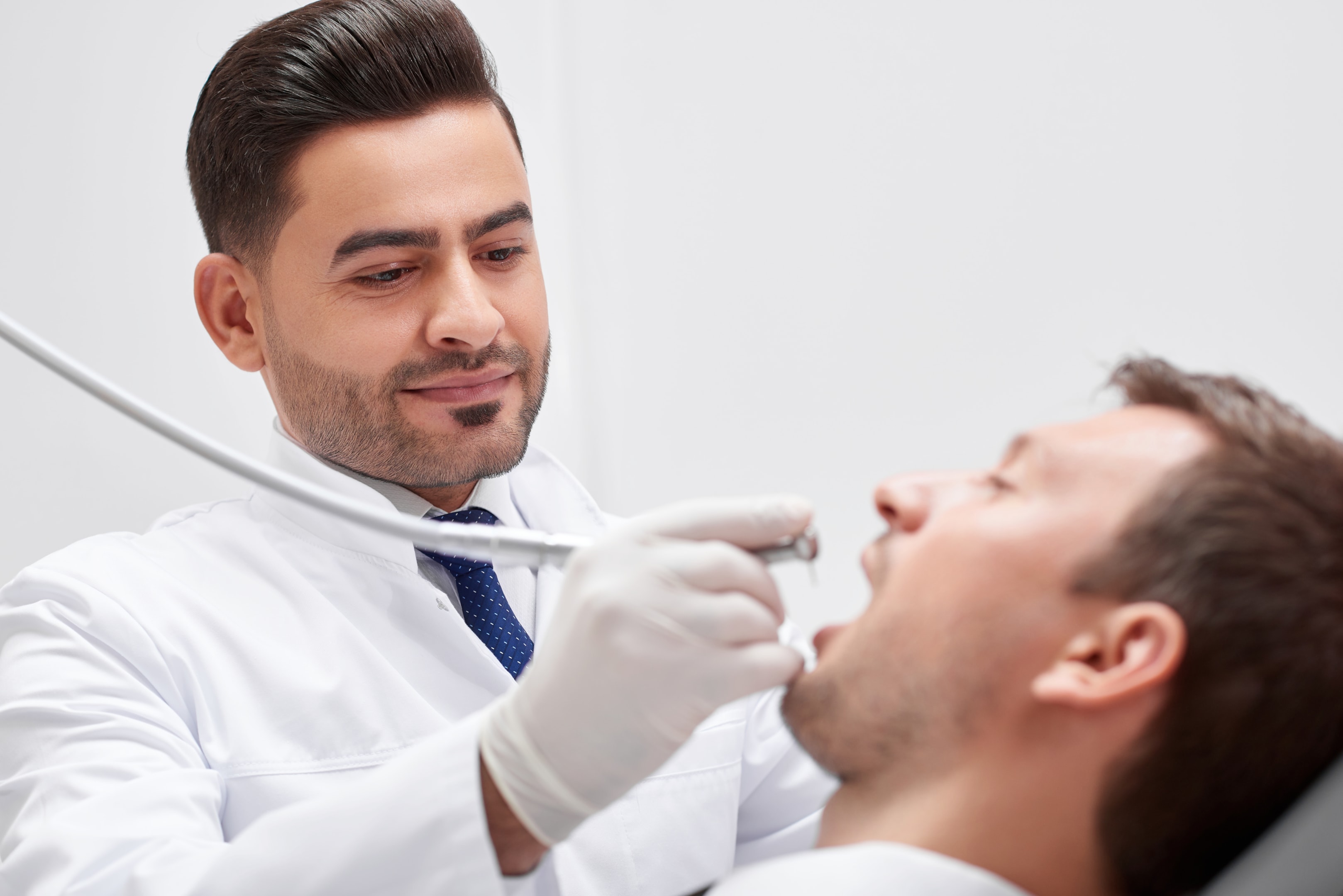
Recovering from corrective jaw surgery requires patience, but the results are worth it. In the initial weeks, your jaw will be in a delicate state of healing. You may experience some swelling, mild discomfort, and your jaw may feel stiff. Most patients are advised to follow a liquid diet for the first few weeks to minimize strain on the healing jaw bones.
During the recovery process, the oral surgeon performs follow-up assessments to ensure the jaw movement is on track. In some cases, the jaw may need to be temporarily wired shut to aid healing, but modern techniques have significantly reduced the need for this. By about six weeks, most patients notice that their jaw is in its correct position, and normal activities can gradually resume.
Tip: Keep in mind that every patient’s healing time is different. Listen to your body and follow your surgeon’s instructions carefully to avoid complications like bite problems or delayed healing.
Pain Management and Antibiotics
Pain management and antibiotics are two important aspects of the orthognathic surgery process, playing a crucial role in ensuring a smooth and comfortable recovery.
Pain management is essential in helping you manage discomfort during the recovery period. Your oral and maxillofacial surgeon will typically prescribe pain medication to help alleviate pain and discomfort. In addition to medication, other pain management techniques may be recommended, such as:
Applying ice packs to the face and jaw to reduce swelling and pain.
Using a warm compress to relax the jaw muscles and alleviate discomfort.
Practicing relaxation techniques, such as deep breathing and meditation, to manage stress and anxiety.
Antibiotics are also a key component of the recovery process. Your surgeon may prescribe antibiotics to help prevent infection and promote healing. It’s important to take these medications as directed to ensure the best possible outcome.
Some key points to keep in mind about pain management and antibiotics include:
The type of pain medication prescribed and the recommended dosage.
Potential side effects of pain medication and how to manage them.
The importance of taking antibiotics as directed to prevent infection and support healing.
Recognizing the signs and symptoms of infection and knowing when to contact your surgeon.
By understanding the role of pain management and antibiotics, you can better prepare for the recovery period and ensure a smooth and successful outcome. Following your surgeon’s instructions carefully will help you manage pain effectively and reduce the risk of complications, allowing you to focus on healing and enjoying the long-term benefits of your orthognathic surgery.
Benefits of Corrective Jaw Surgery
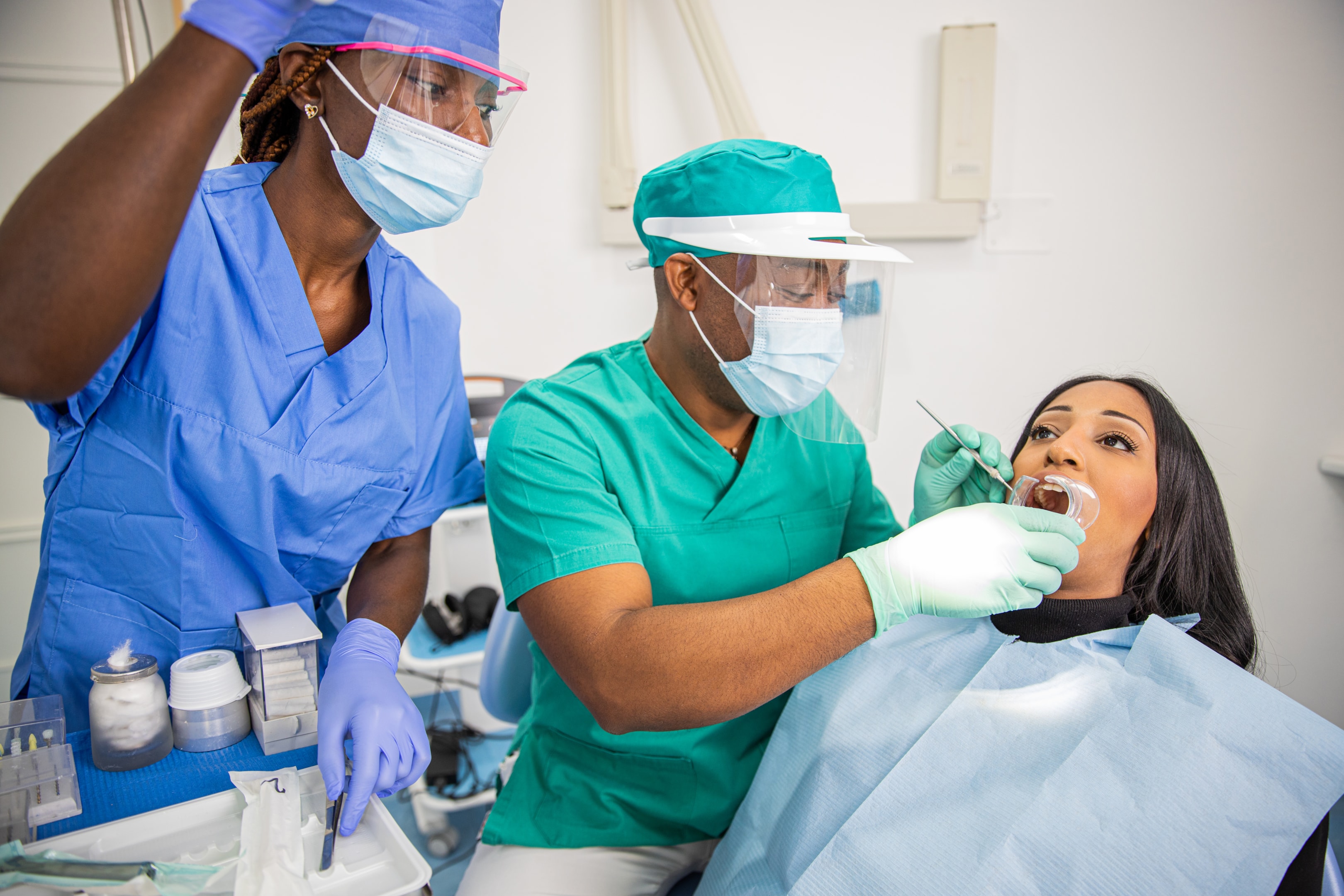
The benefits of corrective jaw surgery for underbite go beyond aesthetics. Here are some life-changing advantages:
Improved Functionality: Proper jaw alignment enhances your ability to chew, speak, and even breathe better.
Corrected Bite: Whether it’s an underbite, overbite, or open bite, your teeth will finally meet in harmony.
Enhanced Appearance: A more balanced jawline and facial symmetry can boost your confidence and give you a new facial appearance.
Long-Term Dental Health: Proper alignment prevents wear and tear on your teeth, reducing the risk of future jaw problems.
According to the American Association of Oral and Maxillofacial Surgeons, over 90% of patients who undergo corrective jaw surgery report significant improvement in both function and appearance, showing how impactful this surgery can be.
Correcting Minor or Severe Underbites: Treatment Options

Patients who have a minor underbite may not always require surgery. In these cases, orthodontic treatment, such as braces or retainers, can correct the bite without the need for surgery. However, for patients with a significant underbite or severe underbite, corrective jaw surgery becomes the most effective solution.
For individuals with more complex jaw issues, double jaw surgery may be necessary. This involves repositioning both the upper and lower jaws to correct the bite and improve facial aesthetics. It’s a highly specialized procedure that requires careful planning and execution by a skilled maxillofacial surgeon.
Certainly! Here’s an additional 400 words to further enhance the blog post, delving deeper into the patient experience, pre-surgical preparation, and long-term benefits of corrective jaw surgery.
Orthodontic Treatment Before Surgery

Before surgery, most patients will need to undergo orthodontic treatment such as braces. This step is crucial in aligning the upper and lower teeth so that they fit together properly once the jaw surgery is complete. The orthodontist places braces to ensure that the upper teeth and lower teeth are in the correct position. This pre-surgical phase can last anywhere from 12 to 18 months, depending on the complexity of your bite and jaw alignment.
The goal of this treatment is to ensure that after the surgery, your jaw bones will be in perfect harmony, which is why the coordination between your oral surgeon and orthodontist is so important. The orthodontist will continue to monitor your progress, adjusting your braces as needed, so that by the time you’re ready for surgery, your teeth sit in the optimal positions.
Tip: Stay diligent with orthodontic visits leading up to the surgery. Regular adjustments of your braces are essential to ensuring the success of your surgery.
The Surgical Process: What Happens on the Day of Surgery?
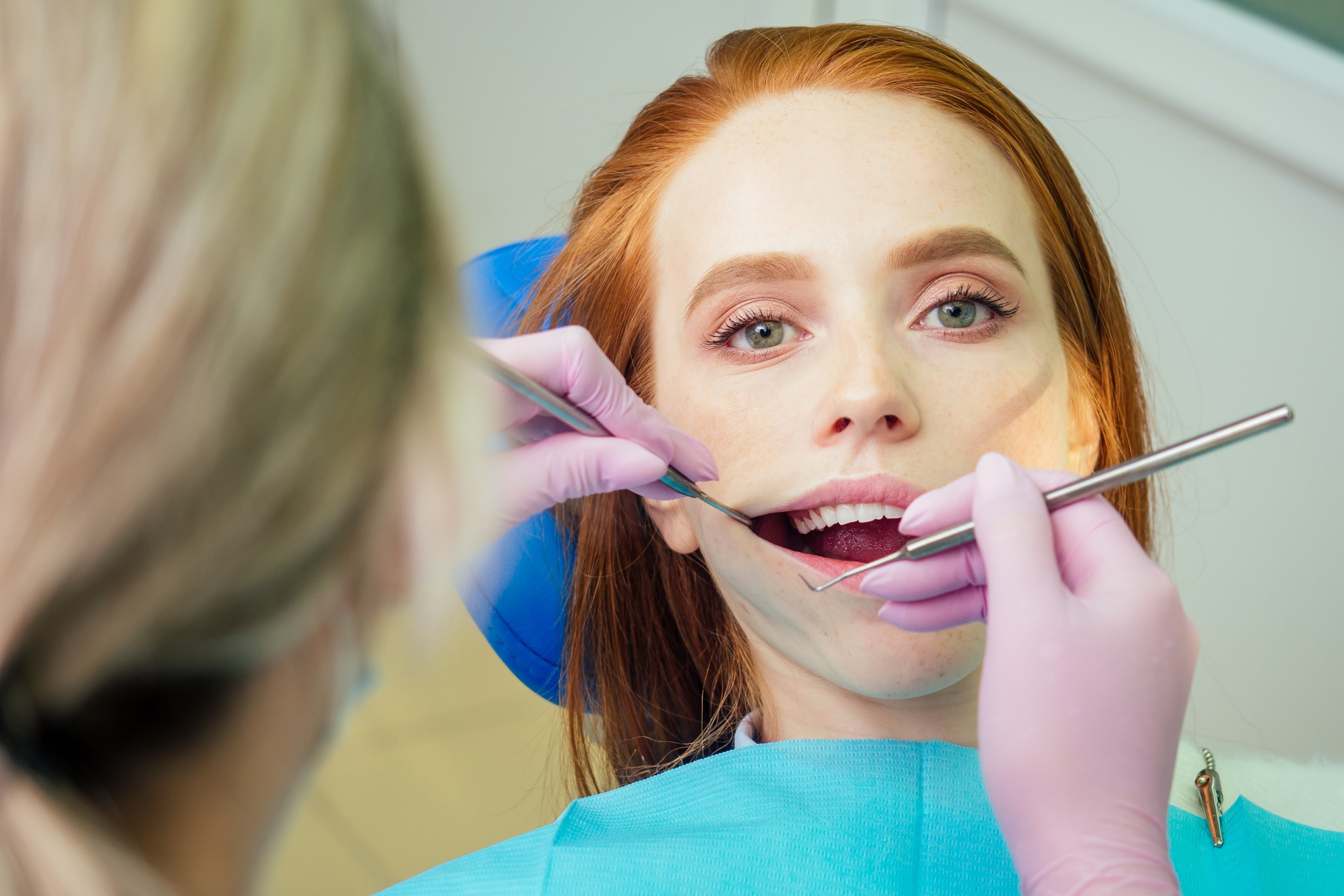
On the day of your corrective jaw surgery, you will be placed under general anesthesia, meaning you won’t feel any pain during the procedure. Your oral and maxillofacial surgeon will carefully reposition your jaw bones using tiny bone plates, titanium screws, and sometimes rubber bands to stabilize the jaw movement in its new position. If needed, both the upper and lower jaws will be adjusted during double jaw surgery to correct the jaw position and provide a more balanced facial structure.
The entire surgical procedure typically lasts several hours, depending on the complexity of the case. In some instances, the maxillofacial surgeon may use virtual surgical planning to ensure that the procedure is carried out with extreme precision.
Tip: Ask your surgeon about the specifics of your surgery, including how long the procedure is expected to take and what post-surgery steps you’ll need to follow for recovery.
Post-Surgery Care and Long-Term Recovery

Recovering from corrective jaw surgery takes time, but the long-term benefits are more than worth it. Immediately after surgery, your jaw will begin the process of initial jaw healing. During this phase, it’s common to experience swelling, bruising, and mild discomfort. Most patients will be advised to stick to a liquid diet for the first few weeks, as solid foods can put unnecessary pressure on the jaw bones while they heal.
In addition, your oral surgeon performs follow-up appointments to monitor your healing progress. It’s important to attend all post-operative check-ups, as your surgeon will want to ensure that your jaw position remains stable and that there are no complications.
Wired shut jaws are less common these days, but in some cases, patients may need to wear rubber bands or other devices to help maintain their new position during recovery. After about six weeks, you’ll gradually return to normal eating habits and activities, though full healing can take several months.
Tip: Follow your surgeon’s recommendations carefully during recovery. Avoid strenuous activities, stick to a soft or liquid diet, and be patient as your body heals. Your surgeon will provide specific guidelines to ensure a smooth recovery process.
Long-Term Benefits of Corrective Jaw Surgery: Beyond the Bite

While the primary goal of corrective jaw surgery for underbite is to improve jaw alignment and function, the long-term benefits extend far beyond that. For many patients, the surgery leads to a profound improvement in their overall facial appearance. A more balanced jawline and a natural smile can significantly boost self-confidence.
Correcting issues like an improper bite, severe underbite, or bad bite can also lead to fewer dental problems down the road. Without the excessive wear and tear that misaligned jaws can cause, patients can maintain healthier teeth and gums for years to come.
Additionally, addressing jaw problems like sleep apnea or speech impairments can have a lasting impact on overall health and well-being. Patients often report better sleep, improved speech clarity, and a more comfortable jaw after healing.
Tip: Consider the long-term benefits when weighing the decision to undergo corrective jaw surgery. The improvements to your health, appearance, and quality of life can be life-changing.Conclusion: A New Smile, A New Life
Conclusion

Living with a severe underbite can affect more than just your smile—it impacts your health, comfort, and confidence. With corrective jaw surgery for underbite, you can correct these issues and enjoy a better quality of life. Whether you need upper jaw surgery, lower jaw surgery, or a combination of both, the results can be transformative.
Ready to learn more about how corrective jaw surgery can benefit you? At South Calgary Oral Surgery, we’re committed to delivering exceptional care and life-changing results. Contact us today to schedule your consultation and take the first step toward a healthier, happier smile!






